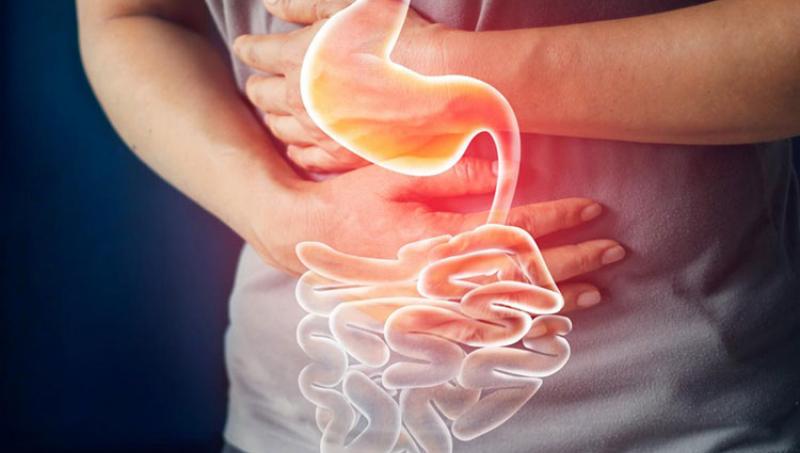
Introduction
The term Agni is best represented by biological fire. Agni is vital at physiological and pathological levels. Just as we take food stuffs to feed ourselves for nutrition, the so called digestive fire also require constant feeding so as to carry out various biochemical pathways going on in our body.
Physiological Significance
Majority of the diseases are outcome of malfunctioning of the agni which rightly has been called as central to health. Agni plays not only plays vital role in absorption of macro as well as micronutrients, but is destructive to pathogens also. The food that in not properly digested is referred as “ama” in Ayurveda and it nothing but a toxin or pathogen responsible for array of diseases.
Proper functioning of digestive fire is evident from normal tone of the digestive-system circulatory-system, strong immunity or resistance against diseases, proper tissue growth, and above all the complexion. This description better deals with physiological significance of agni.
Pathological Significance
If digestive fire is not functioning properly, one has poor digestion, languid blood-circulation, poor complexion, low energy levels, flatulence and poor immunity against diseases. Thus promoting proper functioning of the digestive fire is treating the root cause of the diseases, according to Ayurvedic principles.
Types of Agni
In Ayurveda, Four States of the Digestive Fire Have Been Elaborated:
- Vishamagni (Variable): Here the digestive fire is disturbed by vata. Because of variability in vata, there are episodes of alternating cycles of strong appetite with loss of appetite and forgetfulness to consume foods. Gaseous-distension of the abdomen and constipation are striking signs. Cholera, diarrhoea, dysentery, enlarged spleen, abdominal tumour, colic, flatulence, wind and eructation are outcome of vishamagni.
- Tikshagni (High): Here the digestive fire is disturbed by pitta. In these cases, agni is usually high and both pitta and agni share same properties. In these cases, immunity against diseases is good. Because of variability in pitta, there are episodes excessive appetites. There are increasing chances of developing diarrhoea, bleeding-diathesis and toxaemia (toxins in the blood). abdominal colic, anaemia, burning sensation, diarrhoea, haemorrhage, haemophilia, hepatitis, hepatomegaly, hyperacidity, jaundice, pain, pyuria, sour belching, tuberculosis, urine diseases, vertigo, yellow skin, are outcome of tikshagni.
- Mandagni (Low): Here the digestive fire is disturbed by kapha. Because of variability in kapha, there are episodes of poor appetite, sluggish metabolism and tendency to weight gain despite optimal food consumption. Excessive mucus or phlegm production and congestion are striking features. Blood circulation sin poor and one can easily get attacks of chest congestion to sinusitis. Bronchial asthma, bronchitis, cough, excessive salivation from the mouth, fatigue and nausea are hallmark of mandagni.
- Samagni (Normal): Normal digestive fire is characterised by strong and appealing appetite that is easily satisfied with normal food. Digestive functions are proper; there are no episodes of gas, colic and constipation. Samagni is largely responsible for human body nutrition and building strong foundation of seven tissues.
Agni Versus Ama
In Ayurveda, the theory of agni or biological fire, is of prime importance. Agni is among the critical factors in determining optimal health and internal haemostasis. On the contrary, ama is a toxin or pathogen, response for aetiology of all diseases. Major culprit behind ama production is impairment of agni, which in turn, destroys agni. Thus a vicious cycle of impaired agni and the production of ama is established. Understanding basic relationship between ama and agni is of prime importance in treating a diseases. Maintaining good appetite, use of digestive stimulates and ensuring regular bowel movements are of prime importance in enkindling the digestive fire and preventing the production of root cause of all diseases, ama.
